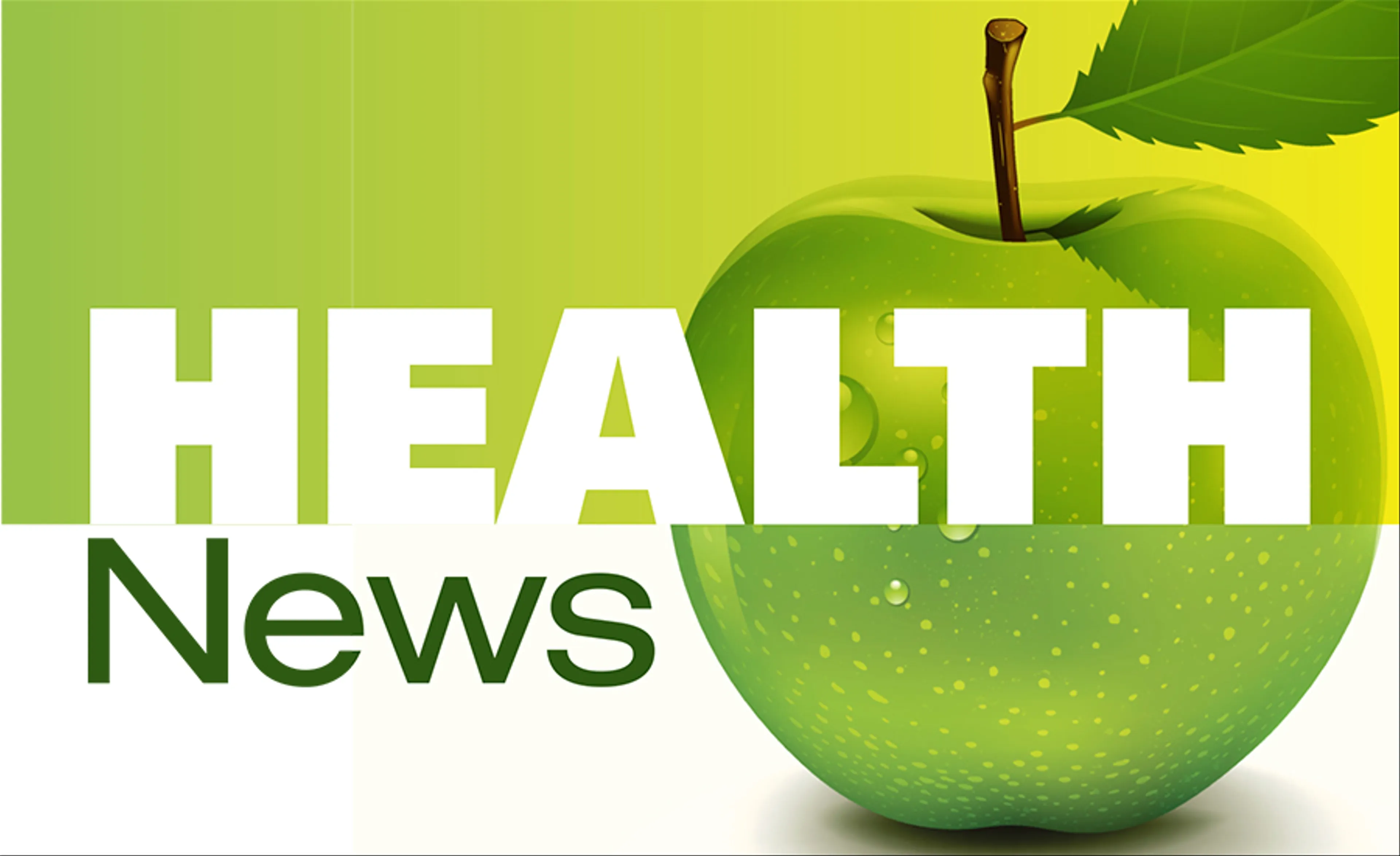The outbreak of the 2019 Novel Coronavirus (2019-nCoV) has created a number of questions and compliance challenges for employers in the United States as well as across the globe. This is a fluid and rapidly changing situation. Employers must carefully balance concerns related to employee and public safety with protecting employees from unnecessary medical inquiries, harassment, and discrimination – all while complying with immigration, leave, and medical privacy laws. In the midst of a public health crisis, this is no small task. Employers should work to update or develop emergency preparedness, travel, and response plans. Responsibility should be assigned to specific individuals or teams to assess the hazard, communicate with employees and the public, and implement appropriate security measures. This article provides guidance and background that employers need to know before responding to the outbreak.
US Centers for Disease Control and Prevention (CDC) Involvement
The CDC’s website is a key source for US employers. Employers may be tempted to play doctor, passing along medical advice or making judgment calls based on their general understanding of public health issues. However, agencies such as the Occupational Safety and Health Administration (OSHA) and the Equal Employment Opportunity Commission (EEOC) frown upon any individual employer’s medical judgments—they want employers to rely on objective advice and react to actual (not just perceived) hazards. Whenever employers can point to CDC guidance to support employment decisions, they are on steadier ground.
According to CDC and other reports, the 2019-nCoV outbreak started in Wuhan, China, and is spreading rapidly through person-to-person transmission. As a result, challenges for employers in China are unique. The 2019-nCoV virus is part of a large family of viruses common to animals, which less frequently infect people and then spread by person-to-person transmission. Related coronaviruses include the Middle East Respiratory Syndrome (MERS), first reported in Saudi Arabia in 2012, and the Severe Acute Respiratory Syndrome (SARS), first reported in Asia in 2003.
At this point, the CDC has stated that 2019-nCoV is a “very serious public health threat,” but that the immediate health risk to the general public in the United States is low. Among the federal agencies that have already taken action, the CDC has announced that it is closely monitoring the situation and working with the World Health Organization (WHO) and state and local public health partners to respond to this emerging public health threat. On January 7, the CDC established the 2019-nCoV Incident Management Structure, and on January 21, it activated its Emergency Response System to better provide ongoing support to the response.
OSHA’s Interim Guidance
At this time, OSHA has developed a webpage that contains employer guidance, including referring employers and workers to the CDC guidance discussed above. This guidance is located on a new Safety and Health Topics webpage on the virus, which reminds employers that OSHA standards apply to protecting workers from 2019-nCoV. At this time, there is no specific OSHA standard covering 2019-nCoV, but OSHA highlights the following relevant standards:
- The General Duty Clause, Section 5(a)(1) of the Occupational Safety and Health (OSH) Act of 1970, 29 USC 654(a)(1), which requires employers to furnish to each worker “employment and a place of employment, which are free from recognized hazards that are causing or are likely to cause death or serious physical harm.” Under this standard, employers must take reasonable steps to protect employees from recognized hazards.
- OSHA’s Personal Protective Equipment (PPE) standards (in general industry, 29 CFR 1910 Subpart I), which require use of gloves, eye and face protection, and respiratory protection to prevent identified hazards. This standard is frequently cited for healthcare employers such as hospitals.
- OSHA’s Bloodborne Pathogens standard (29 CFR § 1910.1030) applies to occupational exposure to human blood and other potentially infectious materials. This typically does not include the respiratory secretions that may transmit 2019-nCoV. However, the provisions of the standard offer a framework for controlling some sources of the virus, including exposures to body fluids (e.g., respiratory secretions) not covered by the standard.
- OSHA Recordkeeping and Reporting Occupational Injuries and Illnesses (29 CFR § 1904). This standard covers work-related injuries and illnesses, such as a hospital worker who contracts the disease and cannot work.

